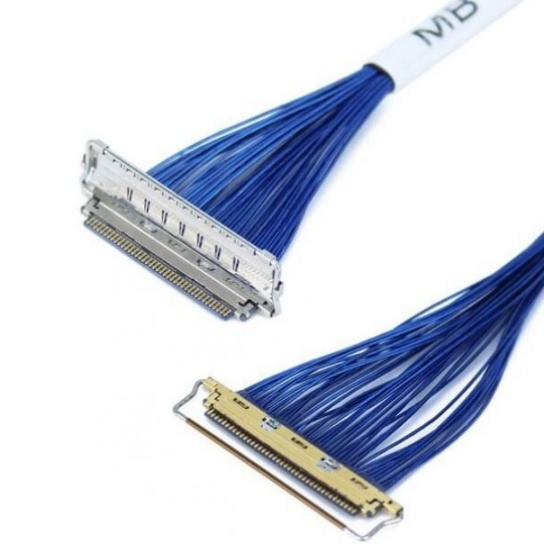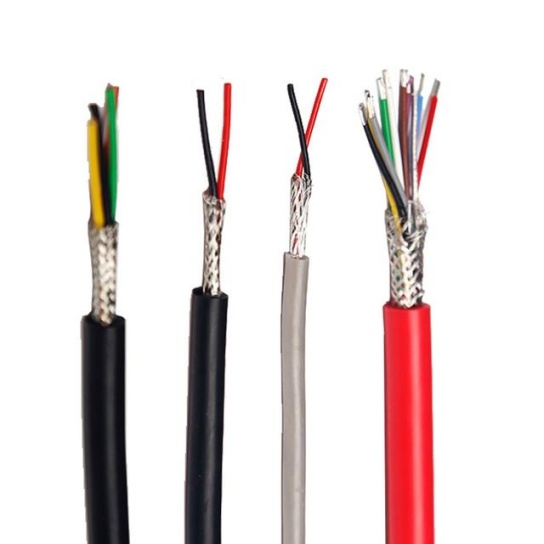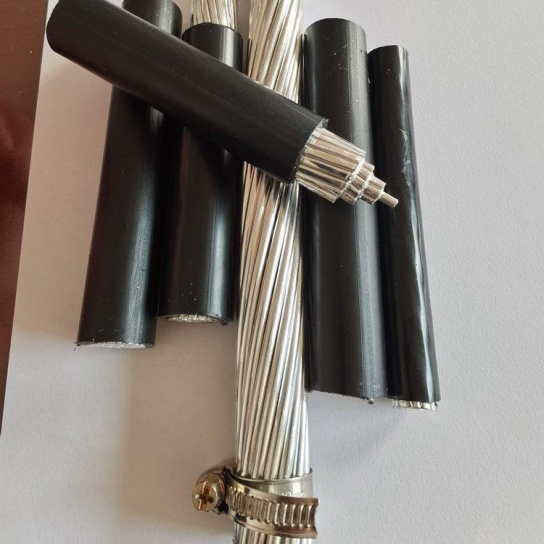Defying the Depths: How Aviation Cables Master Extreme Atmospheric Pressure
The marvel of modern flight isn’t just about engines and wings; it’s a complex ballet of systems working flawlessly in one of the harshest environments on Earth. Cruising at 35,000 feet, aircraft experience external atmospheric pressures plummeting to less than a quarter of sea-level pressure, while the cabin is pressurized for passenger comfort. This creates a significant pressure differential, imposing immense physical stress on every component – especially the intricate web of wiring that acts as the aircraft’s central nervous system. So, how do aviation cables not only survive but reliably perform under such extreme atmospheric pressure? The answer lies in sophisticated engineering and rigorous standards.
Understanding the Pressure Challenge: From Sea Level to Stratosphere
- Sea Level: Approximately 14.7 PSI (1013 millibars, hPa).
- 35,000 Feet: Approximately 3.46 PSI (238 millibars, hPa) – a massive drop.
- Pressurized Cabin: Typically maintained at an equivalent altitude of 6,000-8,000 feet (approx. 11.3 – 8.7 PSI / 779 – 600 hPa).
This difference creates an outward force acting on everything inside the pressurized fuselage. Cables, especially those running through unpressurized sections (wings, tail) or near bulkheads, face unique challenges:
- Expansion & Contraction: Materials expand when heated (either internally or externally) and contract when cooled. Pressure cycling adds another dimension to this physical stress.
- **”Tapeworm Effect” / Outgassing:** Air trapped within cables at sea-level pressure expands drastically as external pressure drops during ascent. This expanding gas must escape safely to prevent insulation rupture or blistering. Conversely, during descent, cabin air can potentially be forced into cables under pressure.
- Mechanical Stress: Repeated expansion and contraction cycles, combined with vibration, can fatigue materials over time, leading to potential micro-cracks or conductor damage.
- Environmental Extremes: Pressure changes accompany drastic temperature swings, humidity variations, ozone exposure, and potential contact with fluids.
Engineering Fortitude: How Aviation Cables Withstand the Pressure
Aviation cable design is a multi-layered defense against these pressures:
- High-Performance Insulation: The First Line of Defense
- Density & Impermeability: Insulation materials (like ETFE (Tefzel®), PTFE (Teflon®), or advanced Polyimides) are chosen for their extremely low gas permeability and high density. They act as a barrier, significantly slowing the ingress or egress of gases under pressure differentials.
- Thermal Stability & Flexibility: Materials must maintain flexibility and dielectric properties across extreme ranges (typically -65°C to +200°C or beyond).
- Controlled Outgassing: Standards like AS4373 and MIL-W-22759 mandate strict limits on volatile outgassing under vacuum conditions to prevent contamination of sensitive optics or electronics and to avoid insulation damage.
- Fluid & Chemical Resistance: Resisting fuel, hydraulic fluid, Skydrol®, cleaning agents, and moisture intrusion is crucial for long-term integrity under pressure stress.
- Robust Conductor Design: Strength from the Core
- High-Stranding: Fine-stranded copper (e.g., MIL-T-7078 styles) provides superior flexibility to withstand repeated bending and vibration without work-hardening and cracking.
- Tinned Conductors: Tin plating enhances corrosion resistance, especially important if contaminants are forced into the cable under pressure during descent.
- Nickel-Plated Conductors: Used in demanding environments for enhanced temperature and chemical resistance.
- Bundle Integrity: Conductors are precisely cabled (twisted) to maintain the bundle’s shape and minimize internal stress points.
- Multilayer Shielding: More than Just EMI Defense
- Braided Shields: Fine metal (typically tin-coated copper) braid protects against EMI/RFI but also provides crucial mechanical reinforcement, limiting the radial expansion and contraction forces on the insulation bundle during pressure cycles. The woven structure inherently allows for some controlled movement.
- Spiral Shields: Offer flexibility and can be used similarly.
- Foil Shields: Provide excellent barrier properties against EMI and gases/moisture but are more rigid.
- Advanced Jackets & Fillers: Armor and Spacer
- Tough, Resilient Jackets: Outer jackets (like PVC, Nylon, PTFE, Kynar®) protect against abrasion, cuts, fluids, and environmental factors. They add bulk and strength to the overall cable structure.
- Fillers: Used in some cables to occupy space within the shield or bundle, reducing the volume of trapped air that can expand under low pressure.
- Connectors & Terminations: Sealing the Weak Points
- Precision backshells, potting compounds, and advanced gasketing ensure pressure-tight seals at connector interfaces, preventing moisture/humidity ingress or air migration paths that could exacerbate pressure effects. EMI backshells often double as mechanical supports.
Compliance & Testing: The Proof is in the Pressure Chamber
Aviation cables don’t just claim to withstand pressure – they prove it through rigorous qualification and testing against standards like SAE AS22759/xxx (formerly MIL-W-22759), AS4373, EN 3475-100, or Airbus/Boeing specifications. Key pressure-related tests include:
- Altitude Simulation / Decompression: Subjecting cables to vacuum chambers simulating extreme high altitude to ensure no blistering, rupture, or excessive outgassing occurs. Measures mass loss and condensable volatiles.
- Pressurization Cycling: Repeated cycles of pressurization and depressurization to test long-term material fatigue resistance.
- Immersion & Fluid Exposure: Testing integrity and insulation resistance after exposure to fluids while under pressure cycling.
- Thermal Shock & Humidity: Combined tests assessing performance under pressure extremes alongside temperature and moisture stress.
Why Aviation Cable Selection Matters for Pressure Performance
Choosing the correct wire/cable type for its specific location and function is paramount:
- Unpressurized Zones (Wings, Empennage): Require cables with the highest resistance to decompression damage and extreme temperatures (often Teflon® based) and robust mechanical construction for high vibration/shock. Strict outgassing limits are critical.
- Pressurized Zones: While less extreme, cables must still handle the pressure differential during normal operation and potential emergency decompression. Resistance to abrasion, fluids, and fire remains critical.
- High Power/Current Carrying: Generate internal heat, requiring insulation with higher temperature ratings and thermal stability under pressure stress.






